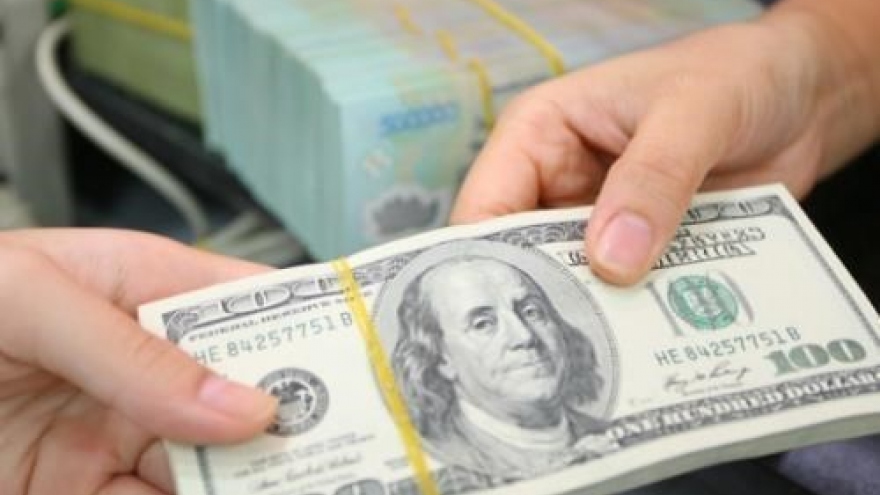Expert warns over possible increase in USD exchange rate
After the Federal Reserve (Fed) raised the USD interest rate, the domestic exchange rate did not significantly fluctuate. However, when talking with VIR reporter, economist Dr Can Van Luc said that there may be some pressure on the USD exchange rate at the end of 2017.
 |
I felt no surprise, as it was forecasted by many international organisations, based on some indicators of the US economy, such as inflation and job opportunities.
In addition, the world’s economic prospects are getting more positive. For example, in May 2017, CitiBank forecasted that global economic growth would be 0.1 percentage point higher than previously predicted.
Thanks to these forecasts, the influence of the Fed raise was not reflected in market prices. Similarly to the March 2017 increase in USD interest rate, people were not shocked by the Fed’s decision.
This was the third hike of USD interest rate since the end of 2016. It means that a regular growth of interest rate was on Fed’s schedule, so financial markets in the world have enough time to prepare for the new hike of USD interest rate.
Besides, many countries in the world, especially the emerging economies, have conducted numerous policies, including fiscal policies and plans to restructure their economies, creating better “shields” to fight against risks from USD interest rate fluctuation.
All of these things explain why the global financial and monetary markets did not show significant fluctuations one week after the Fed raised the USD interest rate.
The Vietnamese foreign exchange market is quite sensitive to the fluctuations of the world monetary market. For example, when the Fed raised the interest rate at the end of 2016, the domestic VND/USD exchange rate sharply increased. However, with two hikes in 2017, the exchange rate remained nearly the same. Can you explain why?
In the first week after the Fed raised the interest rate in December 2016, domestic USD interest rates rose by nearly 1 per cent. However, the stable USD interest rate in Vietnam is underpinned by four main reasons.
First, the global fiscal and monetary markets do not show any significant fluctuation.
Second, the “central exchange rate” control mechanism applied by the State Bank of Vietnam has minimised the risks from exchange rate fluctuation and reduced the fluctuation as well.
Third, basically, the supply and demand of foreign currency in Vietnam is stable. The supply of foreign currency, which is from five main sources consisting of exports, FDI disbursement, ODA fund disbursement, tourism, and overseas remittances, increased in the first five months of 2017.
In particular, exports increased by about 15%, FDI disbursement increased by 6%. Demand for foreign currency also rose, due to the growth of the trade deficit and foreign currency loans.
Notably, foreign currency loans increased by 4.64% in the first four months of 2017, while the same period last year had no such increases. However, overall, the balance of payments in Vietnam is positive, thus, the supply and demand of foreign currency in Vietnam remains stable.
Finally, inflation is kept at a low level. Trust in VND is being improved, which results in decreasing foreign currency holdings among the population and foreign currency holdings are under control.
Does this mean enterprises do not have to worry about the VND/USD exchange rate this year?
Not really. I forecast some pressure on the VND/USD at the end of 2017, though.
First, the Fed may raise the USD interest rate once more in September or December.
Second, and this may be the biggest pressure on the USD interest rate in Vietnam, trade deficit seems to be on an upward trend. It may rise to over US$4 billion.
Third, foreign currency loans, as well as other loans, are rising.
Besides, since the beginning of the year, the USD has depreciated by 5%, while other currencies, such as the Japanese yen, Singaporean dollar, and Malaysian ringgit, have appreciated by 3-5%. The USD depreciation during this period may be a sign of appreciation in the upcoming time when Donald Trump’s policies become clearer.


